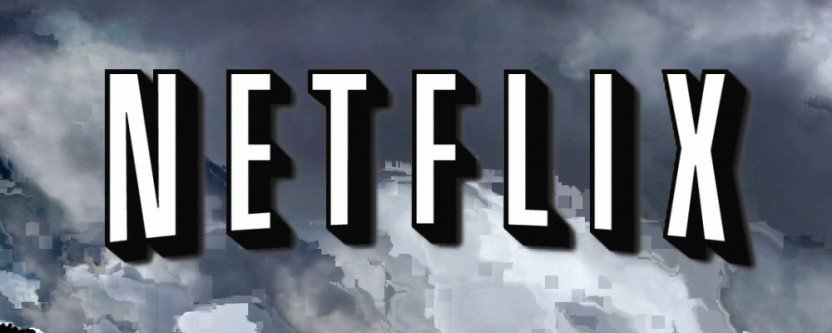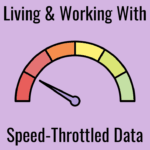Netflix has been working behind the scenes for the past 4 years to tackle the problem of their ever increasing bandwidth usage.
In 2015, it's estimated the Netflix alone will account for 339 Billion GBs of data. Yes, that's billions, with a b. Their average customers tends to stream 45GB of data each a month. And Netflix is aiming with their new approach to reduce that usage by 20%.
The problem is a behemoth one. With a variety of video types, there's no one size fits all solution. So Netflix is individually evaluating content to see if it will benefit by using lower bit rates or not. High dollar action packed video needs more data, but animated slower moving video does not.
Inside of Netflix, they are challenging their employees to tell the difference between old versus the new style encoding. So far, they've not awarded out their prize to those who can spot differences. The goal is for this switch to be unnoticeable by the consumer, except those of us on capped bandwidth will see less GBs deducted from our accounts.
By the end of March 2016, Netflix will roll out the first of 1000 titles with the new approach. By the end of 2016, their entire library should be re-encoded.
 Which is good news for RVers who are constantly battling data caps and bandwidth quality. A 20% overall reduction means less cost to stream video, and less reliance on super high speeds for a quality experience. Heck who knows, it could be the difference between being able to stream over options like public WiFi or Karma Neverstop.
Which is good news for RVers who are constantly battling data caps and bandwidth quality. A 20% overall reduction means less cost to stream video, and less reliance on super high speeds for a quality experience. Heck who knows, it could be the difference between being able to stream over options like public WiFi or Karma Neverstop.
With new options like T-Mobile's Binge On that includes unlimited low resolution video streaming - entertainment on the road just continues to get better and better.
In the meantime, Netflix consumers can adjust the quality of the video they receive on an account-by-account basis by going into their playback settings. For a lot of video content, standard definition video is good enough - and can save up to 5GB per hour of data.
More Information:








 Mobile Internet Resource Center (dba Two Steps Beyond LLC) is founded by Chris & Cherie of
Mobile Internet Resource Center (dba Two Steps Beyond LLC) is founded by Chris & Cherie of